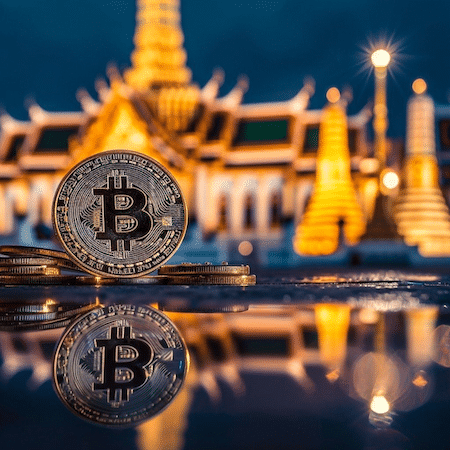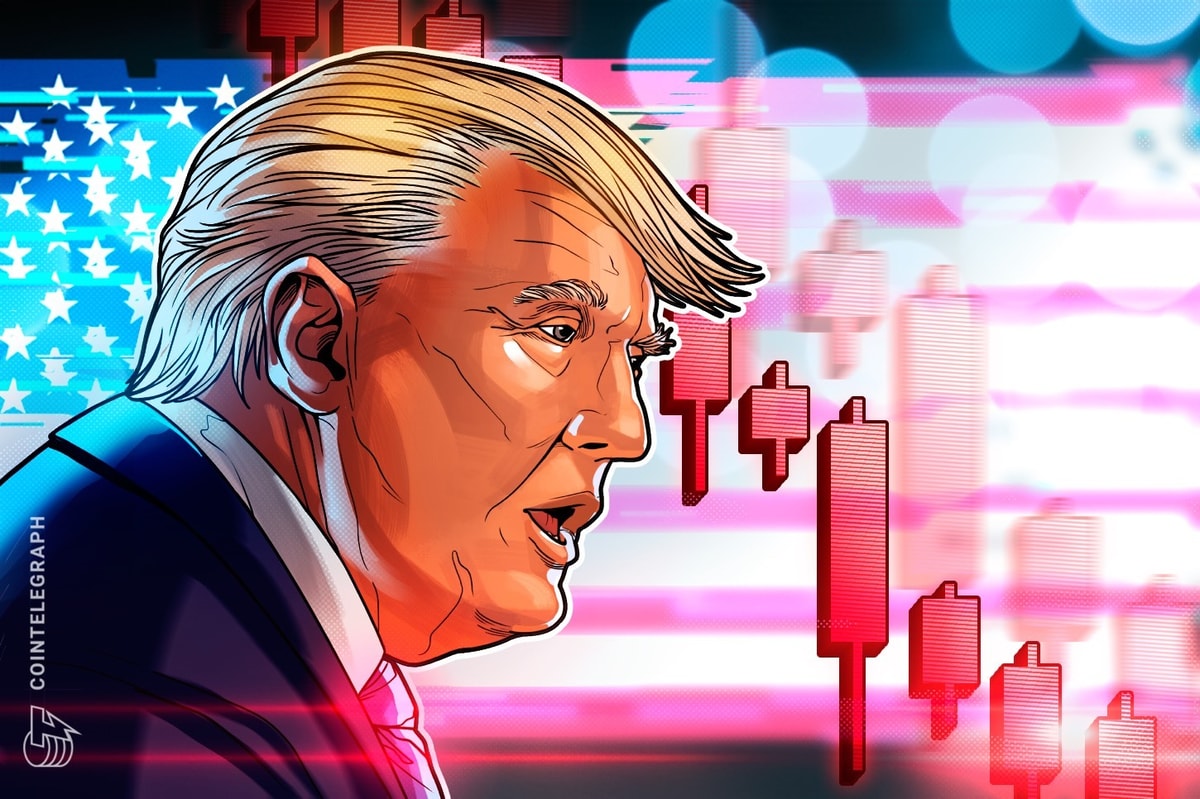Model of global governance

join us telegram A channel to stay up to date on breaking news coverage
In a recent interview, Oliver Linch, CEO of Bittrex Global, shared insights into Thailand’s approach to regulating the cryptocurrency sector. Thailand’s Securities and Exchange Commission (SEC) has taken significant steps to strengthen its regulatory framework in response to concerns about fraud and money laundering in the cryptocurrency sector.
Thailand’s regulatory actions towards a safe cryptocurrency market
The SEC issued a warning to both individuals and investors about the risks of using unauthorized digital asset operators, emphasizing that these operators offer no legal protections. The regulator recently banned access to unlicensed cryptocurrency exchanges and introduced pivotal changes aimed at strengthening digital asset markets. These amendments include removing investment limits for retail investors in asset-backed tokens and enforcing strict governance requirements. These requirements ensure that the wallet provider is a subsidiary of a publicly traded company with safe asset management practices.
Additionally, Thailand banned Bitcoin ETFs, demonstrating a cautious stance toward high-risk financial products. This has led some to believe that Thailand has an anti-cryptocurrency stance. However, Oliver Linch believes that these regulatory measures are an important step towards establishing a more secure and structured market, which will ultimately benefit both investors and the wider cryptocurrency ecosystem.
Thailand’s SEC also approved allowing institutional investors and ultra-high net worth individuals (UHNWIs) to purchase cryptocurrency ETFs. The move aligns Thailand with broader APAC regulatory developments regarding digital assets and reflects the country’s evolving status as a regional cryptocurrency hub. Thailand is increasingly embracing blockchain and DeFi initiatives and is hosting major industry conferences such as Money20/20 Asia.
Recent enforcement actions against unlicensed cryptocurrency platforms are designed to improve investor confidence and market stability by ensuring a regulated environment for cryptocurrency trading. This reflects Thailand’s efforts to integrate financial services with developments in the wider APAC and global financial ecosystems. While there is talk in some circles that any enforcement action is “anti-crypto,” Linch argues that strong enforcement is appropriate and necessary if countries have appropriate regulatory frameworks and workable licensing mechanisms in place. This enforcement can provide regulatory clarity and certainty to attract inflows and market participants.
Thailand’s regulatory coordination with Asian countries and its impact
Thailand’s regulatory approach appears to be influenced by other Asian markets such as India and the Philippines, indicating a regional effort to establish consistent guidelines for the cryptocurrency industry. Such coordination can contribute to the development of global governance standards. Positive developments such as Hong Kong’s recently approved cryptocurrency ETF are having an impact on the region and are likely to spur similar developments in the broader APAC market. Countries like Thailand can benefit from the growing APAC cryptocurrency market, while positive signs are also coming from Singapore and South Korea.
Thailand’s regulatory strategy increasingly mirrors that of Korea. Both countries have decided not to allow physical Bitcoin exchange-traded funds (ETFs) in their domestic markets and instead focus on investor protection and regulatory clarity. As cryptocurrency retail adoption grows, regulators in Thailand and South Korea are keen to strengthen consumer protections and mitigate risks associated with unauthorized trading platforms.
In conclusion, regulators should focus on being proactive and addressing the issue of unauthorized cryptocurrency platforms. This includes leveraging enforcement measures, fostering industry collaboration, and promoting investor education to ensure compliance without stifling innovation.
Oliver Linch, CEO of Bittrex Global, discussed Thailand’s regulatory direction regarding the cryptocurrency sector in an interview with https://t.co/qA1mE8sOUyhttps://t.co/J90Ly9U68F
— crypto.news (@itscrypto_news) May 21, 2024
Smog: Solana-based meme coin with high growth potential
Although Smog is not a traditional pre-sale, it offers a unique approach compared to other cryptocurrencies. This token has been included in the notable list due to its early move opportunities, similar to the major cryptocurrency presale in 2024.
Smog’s unique airdrop strategy sets it apart. Instead of distributing airdrops as standard prizes to long-term holders, Smog introduces gamification into the process. Investors must complete various tasks or quests to accumulate airdrop points. Whoever collects the most points will receive more airdrops.
Adding to its appeal, Smog features a dragon-themed aesthetic that adds a fantastical element to the Solana blockchain. The narrative portrays Smog as a project that will have a major impact on the cryptocurrency market and reinvigorate meme coins as valuable investment assets.
The price of Smog soared immediately after its launch. Within 3 hours of being launched on Jupiter DEX, its value increased by 1500%. The price surged 4500% in just a few days of trading on the decentralized exchange, sparking significant interest within the cryptocurrency community. Those interested in future airdrop benefits may want to consider investing in Smog now.
Smog’s ecosystem also includes additional utilities such as staking. The developers have activated the ETH bridge, allowing users to purchase Smog with ETH. Tokens can also be purchased directly from the official website.
Recent data from CoinMarketCap highlights Smog’s performance as the top-grossing meme coin. The token has surpassed popular coins like Pepe and Dogecoin in weekly gains, showing growing interest in the Solana-based meme coin.
smog visit

Related news
SMOG – Meme Coin with Rewards
- Airdrop Season 1 Live Starts
- Earn XP to Win $1 Million in Stake
- Cointelegraph Special
- Staking Rewards – 42% APY
- 10% OTC discount – smogtoken.com
join us telegram A channel to stay up to date on breaking news coverage



